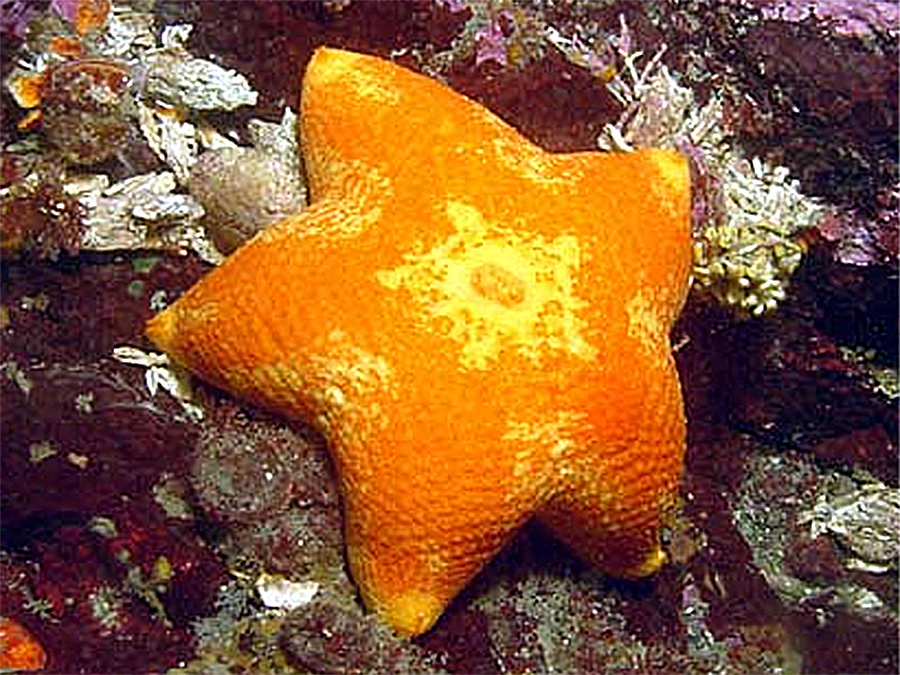
by David Young | Aug 14, 2024 | Echinoderms
Slime Star Author: Zoe Nicholson Photos courtesy of Andy Murch at www.elasmodiver.com Common name: Slime Star, Cushion Sea Star Scientific name: Pteraster tesselatus Size range: up to 25 cm (10 inches) in diameter. Identifying features: The slime star has...


